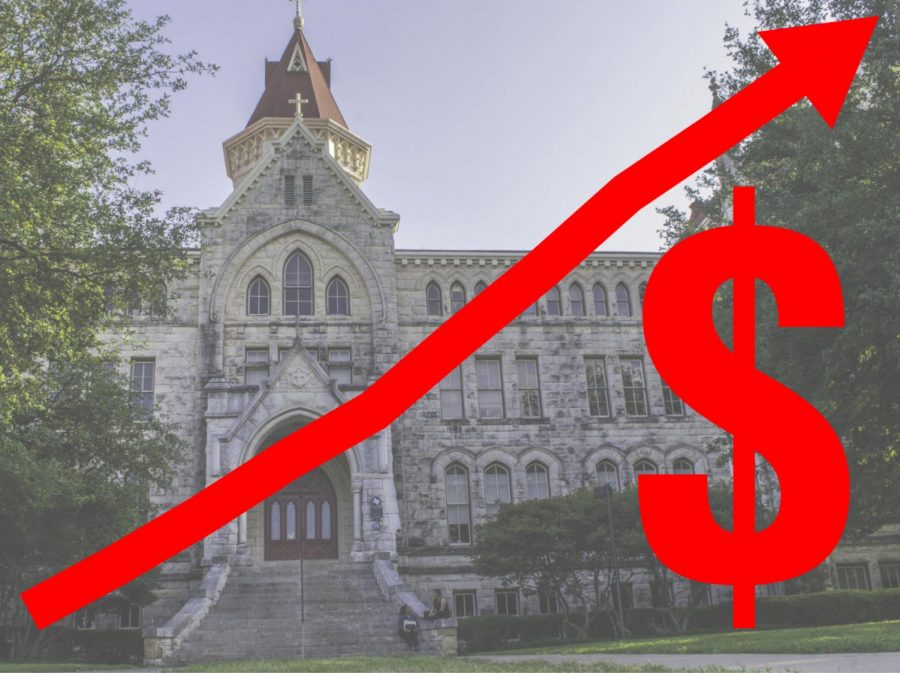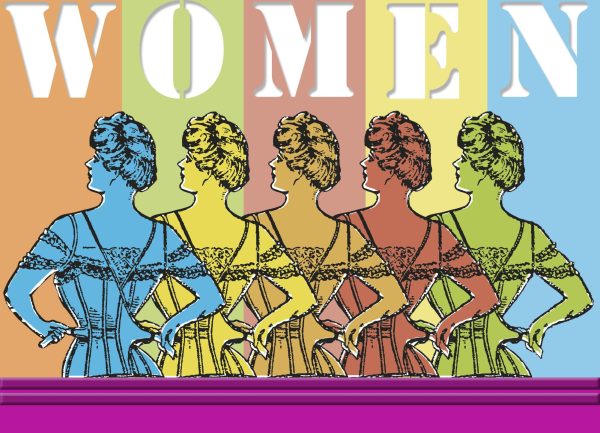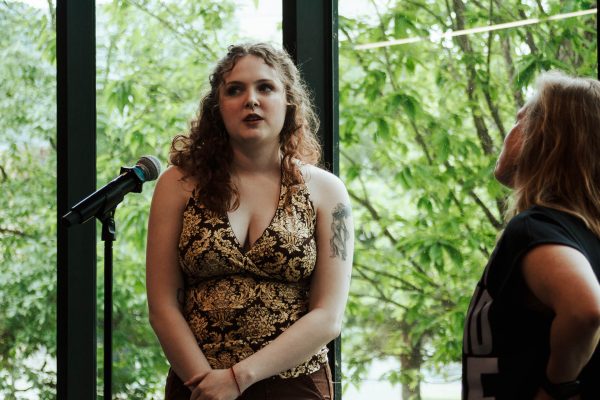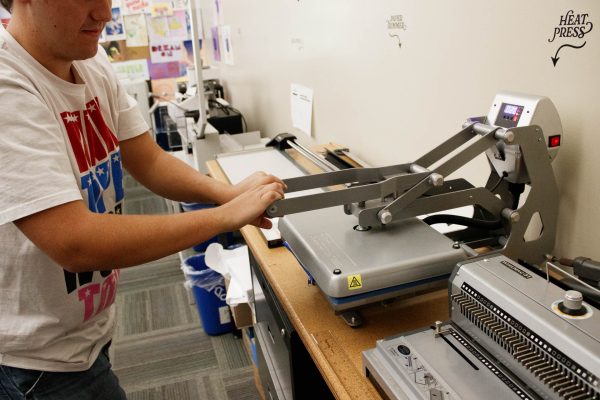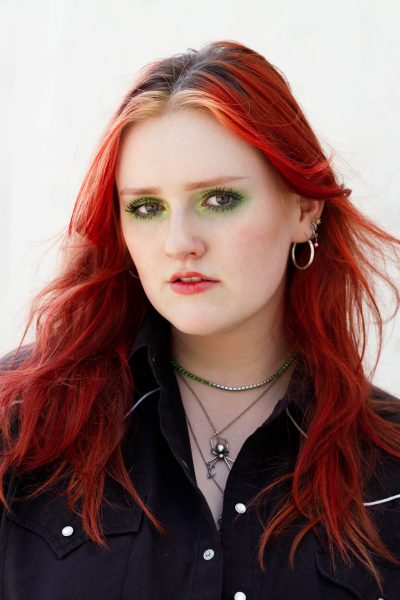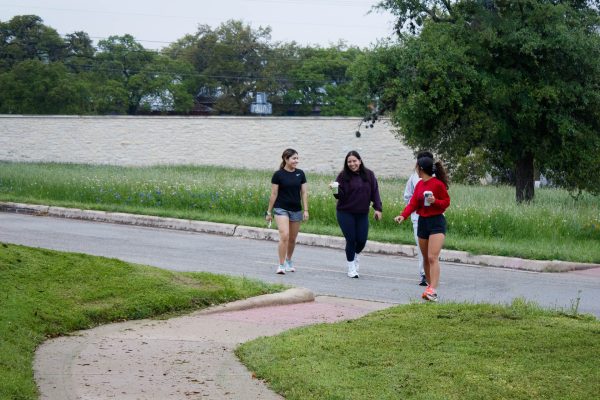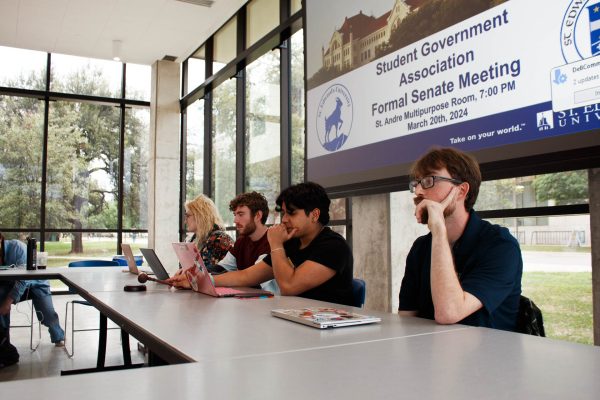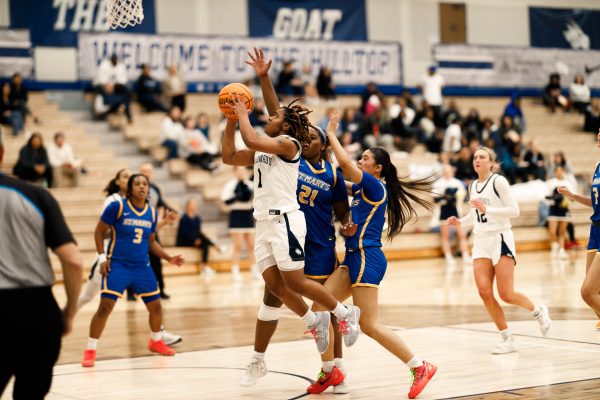Tuition doubles over past decade
Tuition has surpassed the $40,000 mark.
For the 2016-17 academic year, tuition is increasing from $38,320 to $40,428; a 5.5 percent increase from this year.
Although tuition will continue to rise, the rate has slowed down over the last few years from 8.5 percent to 6 percent and now 5.5 percent, Kim Kvaal, vice president for Financial Affairs, said.
“Over the last 19 years we’ve seen an average increase of about 100 students a year,” Kvaal said. “The university needs to continue to grow to maintain its mission. And tuition increases help pay for inflation for salaries and utilities caused by this growth.”
To keep the overall financial budget in congruence with the hike in student population, the tuition increase is applied to all academic standings, meaning both incoming freshman and outgoing seniors.
“St. Edward’s offers a personalized education with classes being taught solely by faculty members rather than student teachers,” Kvaal said. “Their salaries are the single largest component of the budget.”
Salaries and employee benefits take up 41 percent of the expense budget while financial aid makes up 36 percent. Five percent goes to paying off debt the university must pay back after taking a loan, four percent maintenance and the remaining 14 percent goes to other general expenses.
Although many students receive financial aid, some still struggle to with individual expenses.
“As tuition goes up, my financial aid stays the same,” said Birdie Michaels, a junior global studies major. “This means that the amount of payment I have going towards my education decreases as tuition increases.”
In addition to this, Michaels’ student loan that enables her to work less, becomes smaller, forcing her to work more to maintain living expenses, which swell as rent prices rise exponentially in Austin.
Even with a new residence hall underway, not all students have the ability to benefit from such changes.
“I don’t have the luxury of living on campus and not having to work,” said Michaels. “Rent and living expenses are the main reason I have a job, to supplement my loans.”
Kvaal said that there’s a lot invested in academic advising, Office of International Education, Health & Counseling Center, Student Life and Residence Life. “But we’re also investing in people: students, faculty and staff,” she said.
Kvaal also noted one aspect that encapsulates this idea is the low teacher to student ratio. Kvaal also said her hope is that they will continue to increase the tuition rate as little as possible.
Senior English literature major Gabi Gimson, who’s graduating in May, believes there are a couple of things missing from her experience.
“I feel like I’ve gotten a personalized education, but I would have preferred more outreach programs for $40,000,” Gimson said. “We could also use more staples.”


